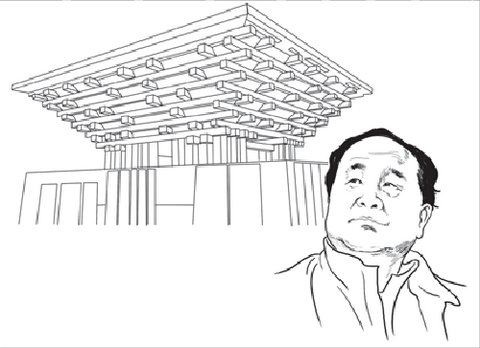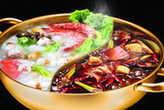
Upon his return he published his "Travels," in which he wrote admiringly of the great wealth and wisdom of China, images that captured the Western imagination.
In the 16th century Jesuit missionaries came to China, the most famous of whom was Matteo Ricci (1552-1610), known in Chinese as Li Matou.
Confucianism extolled
The Jesuits were active agents of transmission of culture and science between China and the West; in their writings the Jesuits extolled the great virtues of Chinese philosophy, especially Confucianism.
Their works were read by early philosophers of the European Enlightenment, notably the Germans Gottfried Wilhelm Leibniz (1646-1716) and Christian Wolff (1679-1754). They in turn had a significant influence on the great Immanuel Kant (1724-1804).
In developing his natural philosophy, Kant drew considerable inspiration from Taoism and Confucianism, as transmitted by the Jesuits and then to the philosophers. Ultimately Chinese cultural and philosophical influence spread across much of the Enlightenment, including the French Voltaire (1694-1778).
Although China was remote physically and had virtually no contact with the West, it loomed large as a major cultural force in European thought and especially in its influence on the Enlightenment.
On the artistic front, from the Renaissance until the late 18th century China had a significant influence encapsulated in the generic term Chinoiseries.
This was especially the case in ceramics, both in attempts to copy Chinese styles and in the importation of Chinese works to adorn the salons of palaces.
Subsequently Chinese-style gardens with pagodas came into fashion. Among the richest examples of Chinoiseries can be found in the Schonbrunn Palace, the residence of the Hapsburg monarchs outside Vienna, which flourished especially during the great reign of the Empress Maria Theresa (1717-1780).
Throughout these centuries while China was a great cultural power, it was also the world's leading economic power, accounting for 30 percent or more of global GDP.




Why not rent a boyfriend, or girlfriend to please parents during the Spring Festival?